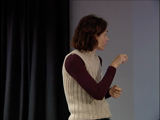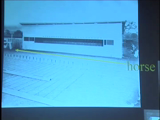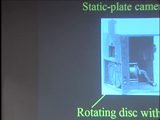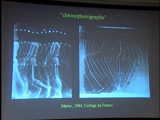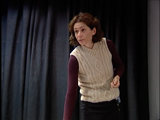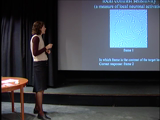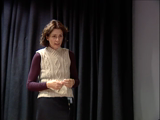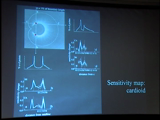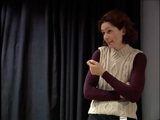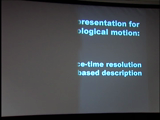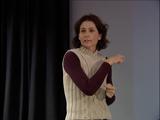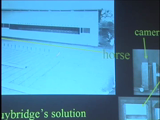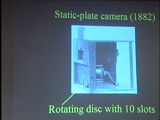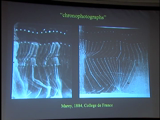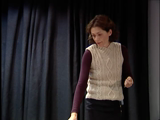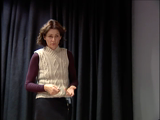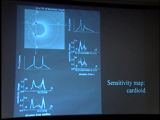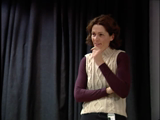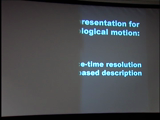Capturing Time: From E. J. Marey to Modern Neuroscience
WORK DATA
Lecturer:
Category:
EVENT
Type:
presentation
Keywords:
movement / perception / photography / speed / time
Creation Date:
2002-10-20
Language:
English
Description:
How does a good representation of the intricate movements of living things look like? Can we turn all movements of biological origin visible and measurable in spite of their fast speed and spatial complexity? How does the brain represent dynamic information about moving objects and other moving creatures? Our psychophysical studies show that the representation suggested by Marey might be used by the brain as well. We employed a psychophysical reverse mapping technique (Kovács & Julesz, Nature, 1994) to study the global interaction pattern of a large number of neurons responsible for low-level visual coding in the brain. The pattern of neural interactions revealed an effective and sparse shape-representation, which is optimal for coding in memory and to form associations because it relies on small cell assemblies that can carry information about large, extended objects. It resembles Marey's solution in terms of reducing redundancies in order to optimize space-time resolution. (K.I.)
More Information
Original Title (Hungarian):
Az idő nyomában: E. J. Marey-tól a modern idegtudományig
Location:
Budapest, Műcsarnok, Törley-terem / Kunsthalle, Törley Hall
Part of Collection:
